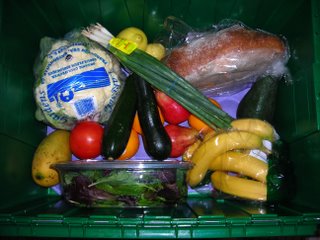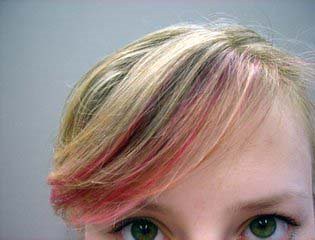The Best Mango EVER
 Much background information is necessary for you, attentive (I hope) reader, to appreciate the rich background and story of the mango you see making up my breakfast in the picture above. The life of the Champagne, or Ataulfo, mango, began a long long time ago - 1966 to be precise - on a plantation in Mexico, owned by a man named Ataulfo Morales (thank you, Wikipedia). Sr. Morales discovered a new species of mango on his land, possibly formed by cross-pollination. As a microbiologist, I make no claims of understanding what that means (here I pause to beg the forgiveness of my parents, who paid for me to take a botany class while at UVA - I retained nothing). This mango, named after Sr. Morales himself, was different than all those that were consumed before it. It had a very flat pit, with hardly any fibers surrounding it, making it markedly different from its closest relatives. The Champagne mango is longer and thinner than the standard varieties, with a thin, yellow skin which appears wrinkled when the fruit is ripe. As an aside, the mango is a drupe fruit, as are cherries and apricots, meaning it has a hard stone enclosing a seed.
Much background information is necessary for you, attentive (I hope) reader, to appreciate the rich background and story of the mango you see making up my breakfast in the picture above. The life of the Champagne, or Ataulfo, mango, began a long long time ago - 1966 to be precise - on a plantation in Mexico, owned by a man named Ataulfo Morales (thank you, Wikipedia). Sr. Morales discovered a new species of mango on his land, possibly formed by cross-pollination. As a microbiologist, I make no claims of understanding what that means (here I pause to beg the forgiveness of my parents, who paid for me to take a botany class while at UVA - I retained nothing). This mango, named after Sr. Morales himself, was different than all those that were consumed before it. It had a very flat pit, with hardly any fibers surrounding it, making it markedly different from its closest relatives. The Champagne mango is longer and thinner than the standard varieties, with a thin, yellow skin which appears wrinkled when the fruit is ripe. As an aside, the mango is a drupe fruit, as are cherries and apricots, meaning it has a hard stone enclosing a seed.
So, how, do you ask, does the success (or luck) of Sr. Morales affect me, a grad student well off the well-beaten path? Well, it just so happens that many many years after its creation, this very special, and to me - novel, mango was included in my organic produce box delivered to my door on a bi-weekly basis, courtesy of Boston Organics. The picture of the latest box of organic fruit and veg is below. I just couldn't resist. See the mango? It's in the bottom left corner, nestled next to a box of Olivia's herb salad mix, and the most perfect organic tomato (more to come on that!). Don't be scared. The plastic-enclosed football-looking thing in the top right is actually a painfully fresh loaf of Nashoba Brook organic whole wheat bread. To say that the bread was very good would not do it justice.
It's in the bottom left corner, nestled next to a box of Olivia's herb salad mix, and the most perfect organic tomato (more to come on that!). Don't be scared. The plastic-enclosed football-looking thing in the top right is actually a painfully fresh loaf of Nashoba Brook organic whole wheat bread. To say that the bread was very good would not do it justice.
But I digress. Back to Sr. Morales and his fabulous creation. Or find. Whichever. It had been waiting patiently for me to discover it these alst few decades.
I only came to realize that this was, in fact, the best mango EVER after I had already dissected it and placed it atop my vanilla yogurt for breakfast. I took one bite of the deeply orange-colored fruit and paused in awe. It was intensely sweet, and creamy, and juicy all at the same time. It felt almost like I was eating a prepared mango custard. There were no fibers to chew around, no honking pit to fight when cutting the mango open. I just had to catch the juice as it ran all over my fingers and my countertop. Leave it to me to make a mango sound sexual. Is that sad? It was, in short, the perfect mango. Only after I realized that this was, indeed, the pinnacle of all that is mango (am I pushing it yet?) did I see that I had neglected to take a picture of the intact fruit up close, which is the reason for the empty mango skin perched atop my breakfast bowl (recognize the blue trim?). Combined with the picture of the organic box should give you an idea about what the whole, live fruit looks like. Needless to say, I enjoyed that morning's breakfast immensely, and hope and hope that there are more Champagne (Ataulfo) mangoes awaiting me in future Boston Organics boxes.
~AK






1 comment:
Afraid not. I think it was imported from South America. Will check.
Post a Comment